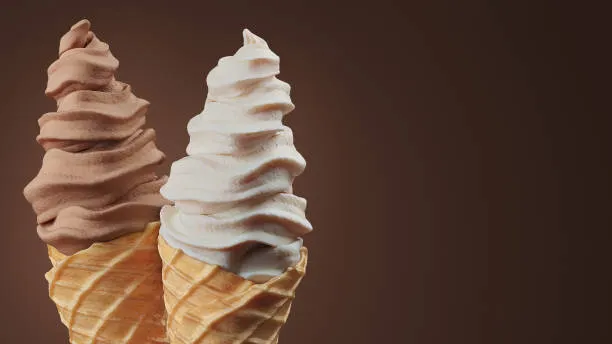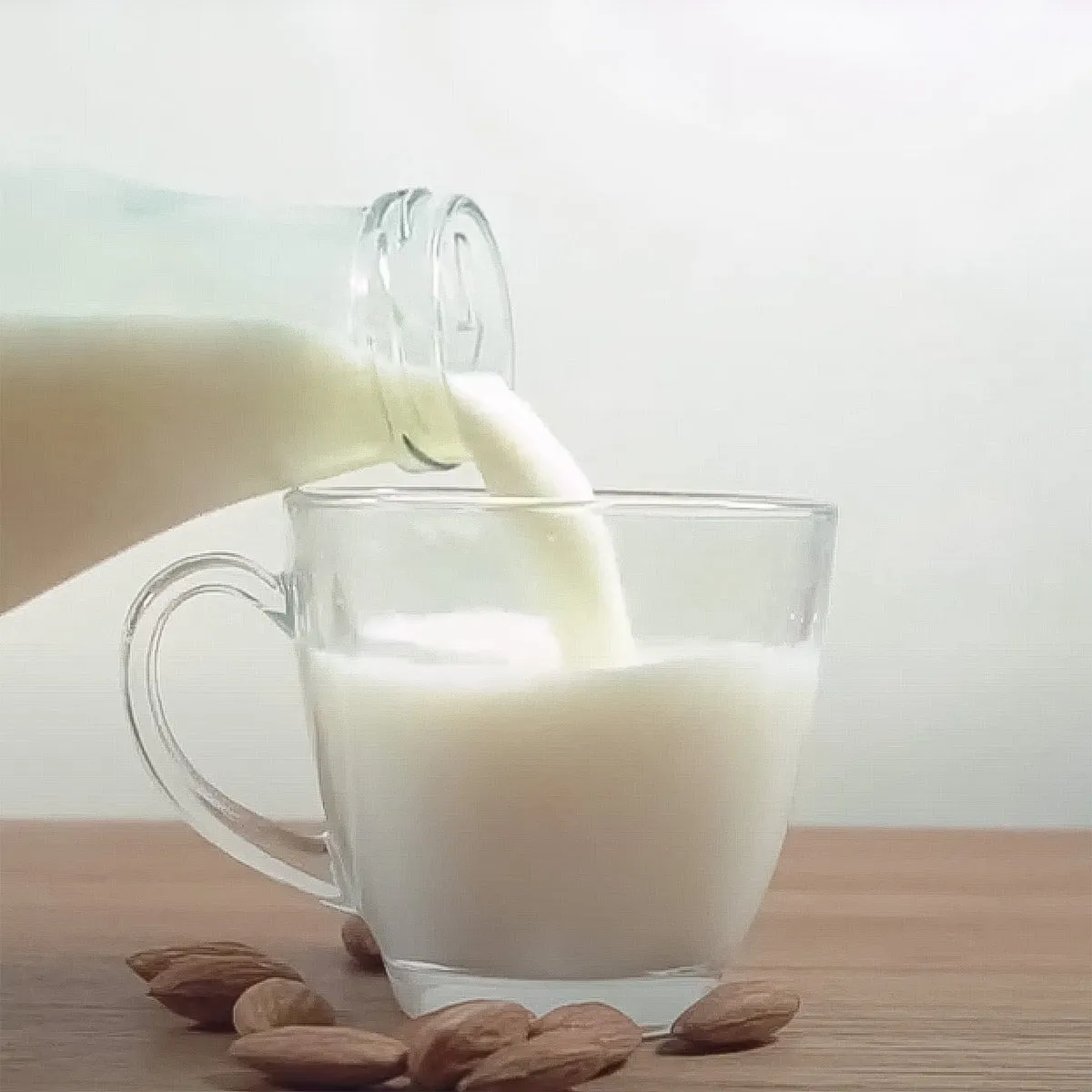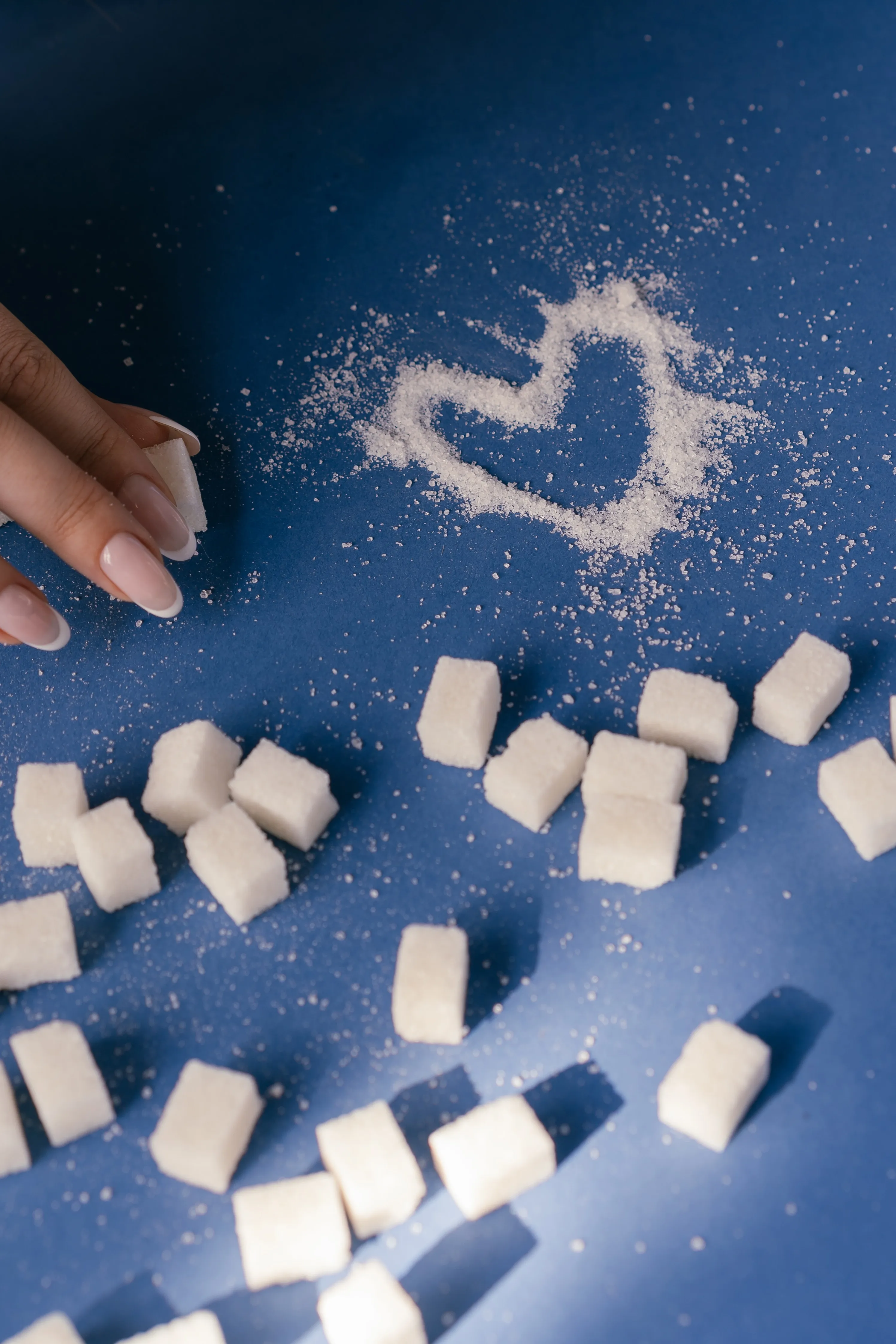
How is Soft Serve Made?
Soft serve is a beloved treat across the globe. With its creamy texture, smooth appearance, and the way it melts on your tongue, it is undeniably a world-class dessert. We’ve all gotten a soft serve cone from Mister Softee at one point in our lives, but has it ever occurred to you “how is soft serve made”? One of the most popular ways of “making” soft serve is by using pre-made soft serve liquids or powders (which mix with water or milk), but that doesn’t count as making the soft serve from scratch. Some people prefer to make their own soft serve rather than buying a soft serve mix base, but the feat is a lot more difficult than it may seem and often leads to machine malfunction and performance issues.
When we think of ice cream ingredients, some of the components that immediately come to mind are milk, sugar, and cream, but there are more things needed to create an ideal soft serve. In this article, we are going to go over the main ingredients needed to produce soft serve from scratch, if that’s how you decide you want to make yours.
There are generally seven categories of ingredients that go into making soft serve ice cream, which include: milk fat, milk solids, sweeteners, stabilizers, emulsifiers, water, and flavorings. We are going to break down each ingredient and the benefit it provides to the production of ice cream.
Milk Fat
Using milk fat to make ice cream may not sound appetizing, but it plays a vital role in the ice cream making process. Milk fat provides ice cream with its creamy and rich texture. Without milk fat, ice cream would feel a lot more coarse, due to the formation of large ice crystals.

Milk Solids
Milk solids refer to the dried powder left over after all the water is removed from liquid milk. These solids may include whey proteins, casein, minerals, and lactose from the milk. Milk solids are important in the production of soft ice cream because they improve the texture of ice cream. They help to give body and chew resistance to the finished product. And they allow for a higher overrun without creating an icy texture, due to the proteins. If you are unfamiliar with ice cream overrun, please check out this article on our site which explains the overrun process more in-depth.
Sweeteners
The purpose of sweeteners in ice cream is self-explanatory — to make the ice cream more sweet. However, sweeteners provide more benefits to ice cream other than enhancing the taste. Sweeteners have the capability of lowering the freezing point of the ice cream mix to allow some water to remain unfrozen at serving temperatures. On the contrary, adding too much sweetener may make the ice cream too soft. Therefore, it’s important to have the proper ratio of ingredients in your ice cream mix so that it has a good consistency, texture, and taste.

Stabilizers
Stabilizers are one of the most important ingredients used in the making of ice cream. Stabilizers are proteins or carbohydrates that add viscosity (thickness) to ice cream, control the formation of ice crystals, and reduce the size of air bubbles. Stabilizers also provide resistance to melting if used properly. Without stabilizers, soft serve would have an icy texture. Not only would this be unpleasant to consume, but it would also freeze defectively in our machines. Examples of stabilizers that may be used in ice cream include alginates, gums, and gelatins.
Emulsifiers
Emulsifiers play an important role in the production of ice cream as well. Emulsifiers are responsible for the distribution of fat molecules in ice cream, and they help to keep the ice cream smooth. It is important for fat to be evenly distributed in ice cream because this helps to stabilize the air incorporated during the freezing process.
Water
Although it may not taste like it, water makes up majority of the ingredients in ice cream. Most ice cream consists of around 55%-65% water, less than 28% of milk and cream, and between 10%-14% of sucrose/sugar. There is also water in the dairy and cream products that we use to make ice cream, increasing the water content in the overall mixture. Water is important in ice cream because it functions as a solvent.
Flavorings
Lastly, flavorings are used in ice cream bases to create different tastes. These flavors can be natural or artificial, such as fruits, nuts, or syrups. Flavorings provide an easy way to create different flavors of soft serve that come out consistent every time. While flavoring ice cream and soft serve, it’s important to use the correct proportions so the flavor is not too mild or too intense.
So How Is Soft Serve Actually Made?
Once you have purchased your pre-made soft serve mix or made your own with the ingredients listed above, it’s time to turn it into soft serve. Soft serve machines work by agitating the soft serve mixture and freezing it simultaneously. While the machine is spinning and freezing your mix, air is also incorporated into the process. The air that is added to soft serve, known as overrun, increases the overall volume of the product, and gives the ice cream its creamy and fluffy texture. Soft serve machines should always maintain a freezing cylinder temperature of about 17-22 degrees Fahrenheit and a hopper temperature of under 40 degrees to ensure the ice cream remains fresh and has a good consistency.

Now that we know the ingredients used in soft serve and the process it goes through to become the delicious treat that we are all so familiar with, it’s your turn to give it a shot. Whether you are buying a pre-made mix and adding your own spin to it, or creating a mixture from scratch, the process that happens inside the machine remains the same, and so does the tastiness of America’s favorite dessert.
Article written by Spaceman USA